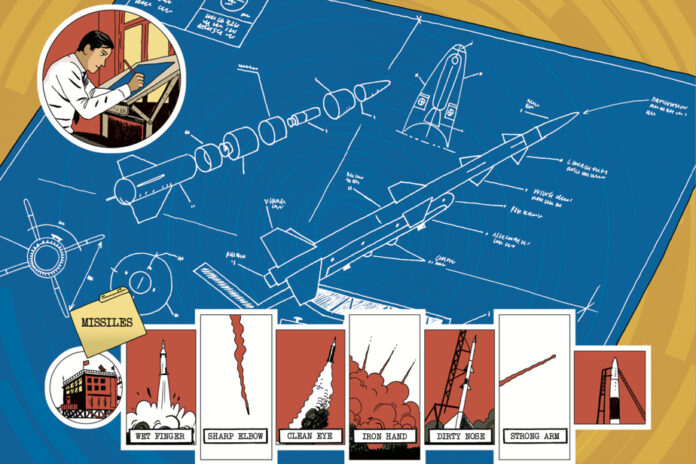The saga of Ray-Mont Logistiques, which operates a container terminal in Hochelaga-Maisonneuve, very close to a residential area, is the starting point for Resister and Flourish, a work that straddles comic strips and the sociopolitical course that opposes the notions of private interests and the common good. The narrative framework is as follows: in full confinement, a CEGEP teacher encourages his students to think about the notions of utopia and dystopia by citing in particular the example of citizens who seek to prevent the establishment of heavy traffic, noisy and polluting in an abandoned industrial space that they would like to see transformed into a green space. There is nothing light in the words of Jean-Félix Chénier, magnificently illustrated (especially in watercolor) by Yoakim Bélanger, which constitutes a rich and implacable critique of neoliberal capitalism. However, history and the reflection that it constructs and nourishes are bearers of hope. Not so much because we find answers in this book, but inspirations to think about our world differently.
The name of Gerald Bull is well known in the villages near Highwater, in the Eastern Townships, where the ballistics expert was testing a long-range cannon. Its story is less so. Inspired by the life of the brilliant engineer, Philippe Girard offers a comic strip that combines geopolitics and poetic vision. Supercannon! : The Arms Dealer Who Aimed for the Stars combines young Gerald’s fascination with space exploration with his affection for the novels of Jules Verne. His dream ? Develop a cannon capable of firing satellites into orbit! He had no idea that his work would attract the attention of several governments which, in the midst of the Cold War, were considering the military applications of his supercannons. Philippe Girard does not claim to tell the truth or the whole truth. His story explores the limits of idealism, men’s thirst for power and skilfully walks on the margins of known history without seeking to elucidate the assassination of Gerald Bull which, decades later, remains unsolved. All this with a hint of humor and exciting coloring work!
Another case of a local arms dealer: this time, it concerns Lucien Rivard, a schemer who became a casino director in Cuba, a heroin trafficker, famous among other things for having escaped from the Bordeaux prison and having taunted the Canadian authorities. Havana Connection, the ambitious (nearly 250 pages!) and superb album by Michel Viau (accustomed to criminal stories) and Djibril Morissette Phan, focuses on the Cuban period of the Quebec gangster. We see him arrive in Havana in 1956, at a time when the revolt against the dictator Battista was growing more and more. The story finds its depth in the way it connects the shenanigans of Rivard (who profits from the system while selling weapons to the revolutionaries) to this explosive context which will lead to one of the most significant overthrows of the 20th century. Havana Connection is masterfully carried out in terms of the storyline and superbly presented in a style close to the Joe Sacco comic report. This tandem performs a small miracle.
Comfortably enveloped in sepia tones, Arthur Leclair, a traveling projectionist, plunges back into Quebec at the turn of the 20th century, a time when the technology that would give birth to cinema was emerging. A little marvel for the eye, the story co-written by Richard Vallerand (drawing) and Normand Grégoire (screenplay) follows the title character and his wife, Yolande, who travel across Quebec to make young and old alike dream with their views recounting the Napoleonic wars. as the Passion of Christ or the wonders of the other side of the world. In doing so, the album also tells the social context of the time, the fight led by the clergy against this fledgling cinema perceived as a threat to morality and public order… A kind of tenderness emerges from this charming album , which also recalls a tragedy whose impact will be lasting, it is specified, on the development of the 7th art in Quebec.















